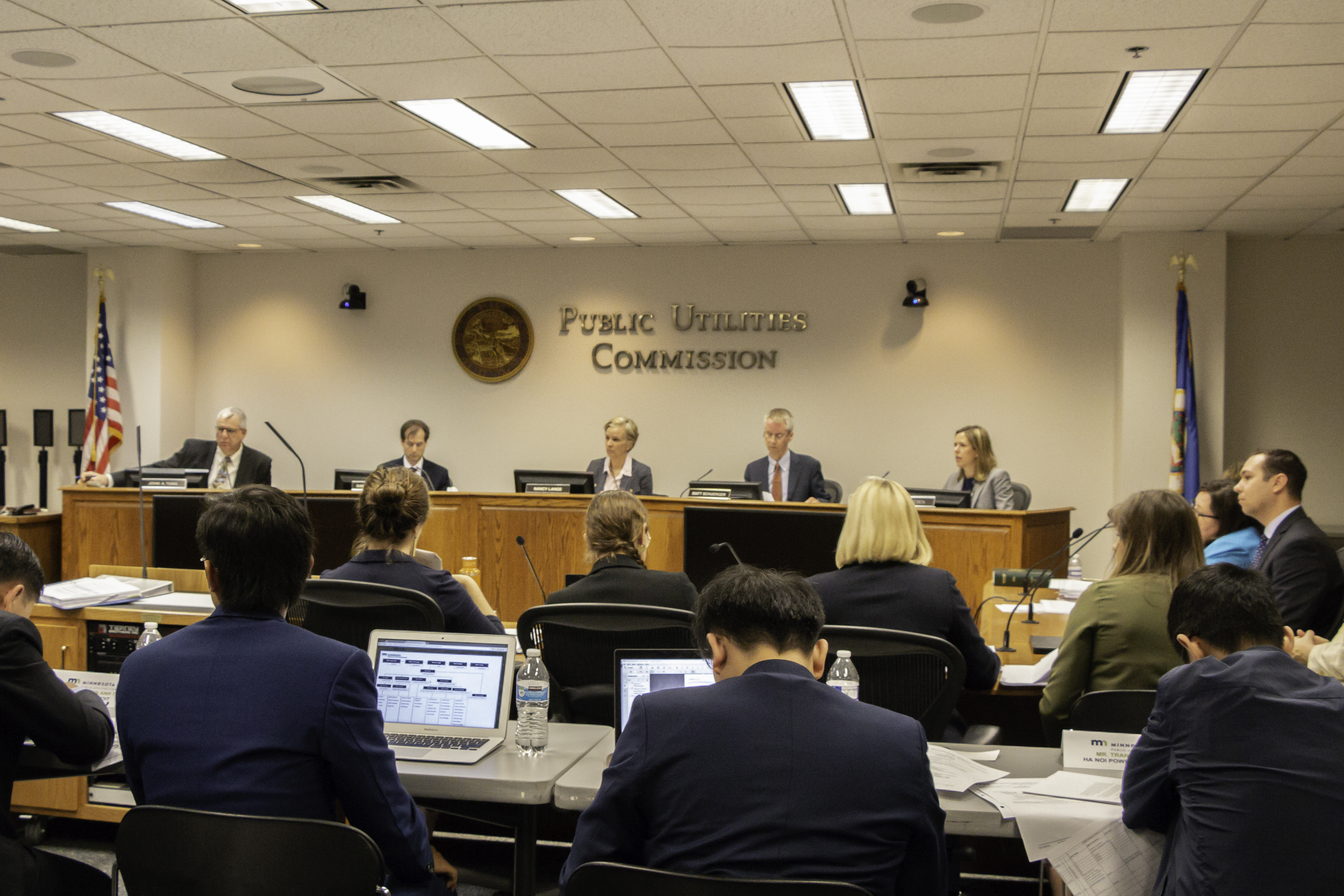
Two years ago, Fresh Energy and our partners petitioned the Minnesota Public Utilities Commission to modernize Minnesota’s increasingly outdated interconnection standard in order to better serve customers and utilities grappling with increasing volumes of new applications and quickly changing technologies. The Commission heard our plea and established a diverse working group of eager stakeholders to discuss and develop a new streamlined process by which renewable energy generators are evaluated and ultimately integrated onto the grid. Last month, the Commission unanimously approved the process portion of the new interconnection standard and transition plan, marking the first major milestone of the effort.
While not as pioneering as we had hoped, the standard is unarguably a huge step forward for Minnesota utilities and customers. The new process will provide:
- Access to information with the mechanism of a pre-application request process for grid infrastructure information and load portfolios which will aid clean energy installers in early stage project siting.
- Certainty with concrete handoffs between utility and customer and clear timelines for every step and each possible path to approval.
- Streamlined review with a simplified process for applicants under 20 kilowatts (the size that would cover nearly all homes and small businesses) and a fast-track process for bigger renewable installations that clear the screening criteria to avoid a full engineering study.
- Transparency with publicly posted application queues and improved annual reporting to the Commission.
- Opportunity for ongoing improvement with the intention that the standard be a ‘living’ document with regular evaluation and frequent, incremental updates.
For more detail, check out this piece in Utility Dive written by our close partner, Sky Stanfield of Interstate Renewable Energy Council.
In the upcoming year, Fresh Energy will continue to lead by participating in a subgroup assigned to wrap up the loose ends of the process, reviewing each utility tariff as filed, aiding in training and transitioning to the new standard, and tackling the accompanying technical portion of the state interconnection standard.
